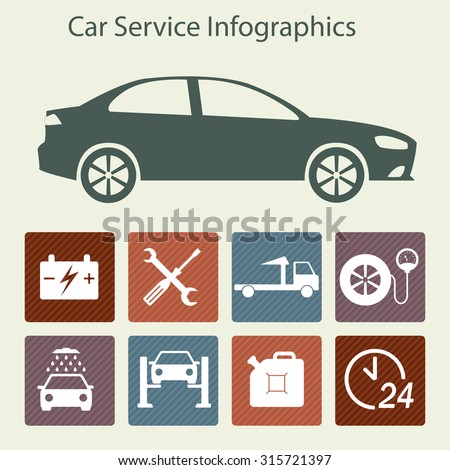Assessing Your Vehicle'S Warning Indicators: What They Truly Communicate
Assessing Your Vehicle'S Warning Indicators: What They Truly Communicate
Blog Article
Material Author-Vinson Stark
When you're behind the wheel, those radiant warning lights on your dashboard can be a little bit complicated. Do you understand what they're attempting to inform you concerning your automobile's health? Comprehending the importance of these lights is important for your security and the durability of your vehicle. So, the following time among those lights turns up, would not you wish to decipher its message accurately and take the essential actions to address it?
Common Caution Lights and Interpretations
Determine typical caution lights in your cars and truck and comprehend their meanings to make sure secure driving.
One of the most common caution lights consist of the check engine light, which indicates problems with the engine or emissions system. If this light begins, it's crucial to have your vehicle examined without delay.
The oil stress alerting light indicates low oil stress, requiring immediate attention to avoid engine damages.
A flashing battery light might suggest a damaged billing system, potentially leaving you stranded otherwise dealt with.
The tire stress monitoring system (TPMS) light alerts you to low tire stress, affecting car stability and gas efficiency. Overlooking this can lead to unsafe driving problems.
The abdominal light shows a problem with the anti-lock stopping system, jeopardizing your ability to quit rapidly in emergency situations.
Finally, the coolant temperature level alerting light warns of engine overheating, which can cause serious damages otherwise settled quickly.
Recognizing these typical caution lights will assist you deal with problems promptly and keep risk-free driving problems.
Significance of Prompt Attention
Understanding the common warning lights in your car is only the initial step; the significance of without delay addressing these warnings can't be highlighted sufficient to guarantee your safety and security when driving.
When a caution light illuminates on your dashboard, it's your auto's means of connecting a prospective problem that needs interest. Disregarding car detail auckland can cause much more serious problems down the road, jeopardizing your safety and potentially costing you extra out of commission.
Motivate interest to warning lights can prevent malfunctions and crashes. For example, a flashing check engine light can show a misfire that, if left neglected, might create damages to the catalytic converter. Addressing https://www.wktv.com/news/local-auto-shop-no-stranger-to-shortages-seen-in-garages-nationwide/article_985a371e-86a7-11ec-8edd-43727250906f.html can conserve you from an expensive repair service.
Similarly, a brake system cautioning light could signify reduced brake liquid or used brake pads, essential parts for your safety and security when driving.
Do It Yourself Troubleshooting Tips
If you observe a caution light on your control panel, there are a few DIY troubleshooting ideas you can try prior to seeking expert aid.
The very first step is to consult your auto's handbook to comprehend what the specific warning light suggests. Sometimes the concern can be as easy as a loosened gas cap setting off the check engine light. Tightening the gas cap may settle the trouble.
One more usual issue is a reduced battery, which can cause different cautioning lights. Inspecting the battery connections for rust and ensuring they're safe and secure may fix the issue.
If a caution light persists, you can attempt resetting it by separating the cars and truck's battery for a couple of minutes and after that reconnecting it. Furthermore, inspecting your lorry's fluid levels, such as oil, coolant, and brake fluid, can assist fix cautioning lights connected to these systems.
Final thought
Finally, understanding your cars and truck's warning lights is essential for keeping your vehicle running efficiently and securely. By quickly resolving these informs and knowing what they mean, you can avoid costly repair work and potential breakdowns.
Bear in mind to consult your vehicle's manual for particular details on each cautioning light and act appropriately to make certain a trouble-free driving experience.
Keep notified, remain risk-free when driving!
